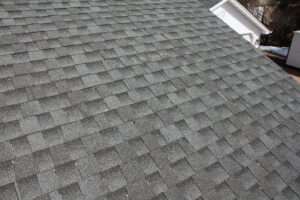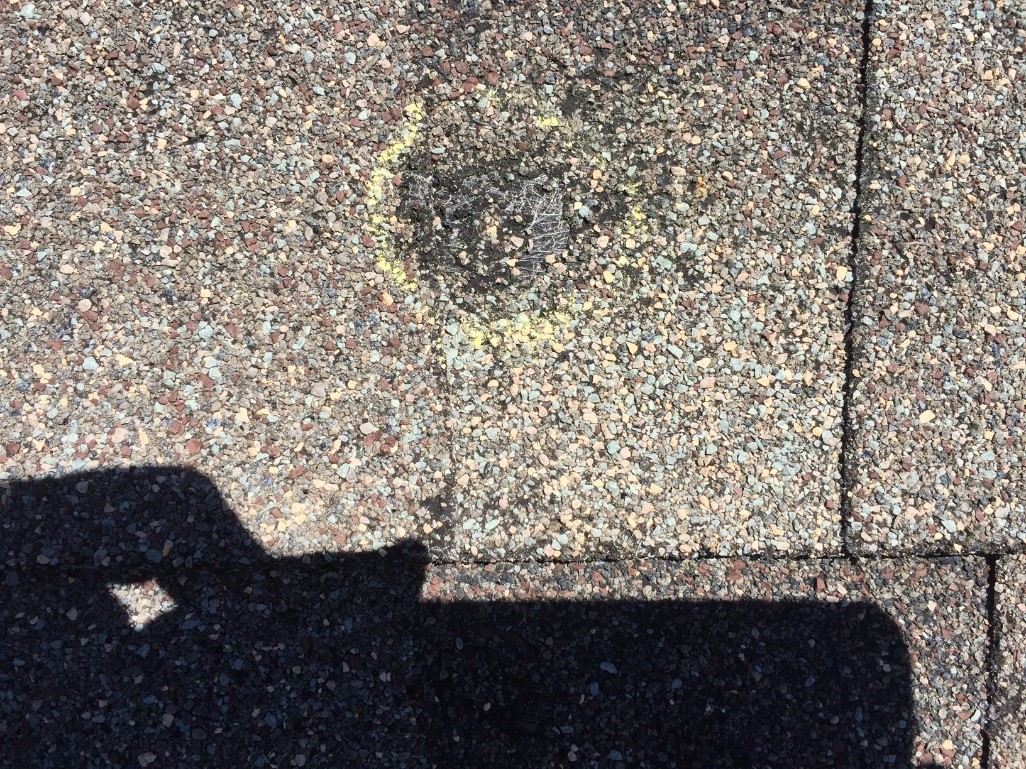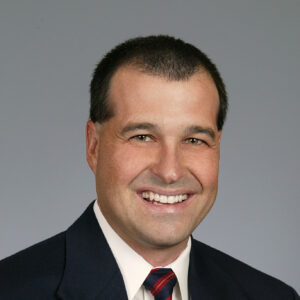As we celebrate Haag’s 95th anniversary, we are looking back at some of the most notable and important projects Haag has been involved with over the last century.
Haag’s Test Square Method
The Test Square method had been used by Haag engineers since the early 1960s. It is a simple, accurate, and repeatable way to determine the extent of hail damage on a given roof. The Test Square method is important because it applies clear rules and procedures to hail damage assessment, and helps eliminate disagreement between damage assessment professionals. Today, the Test Square method is still the standard inspection procedure for determining hail damage, and is used by contractors, adjusters, engineers, and others all over the world.
The methodology was developed by Haag engineers in the 1960’s when hail damage assessments of cedar shingle roofing was a common task. As cedar shingle roofs can have from 350-400 individual shingles per square (100 square feet); doing a complete assessment of every shingles on even a small roof could take several hours. Wayne Parish, John Stewart, and Stoney Kirkpatrick, and others, discussed whether statistical sampling could be used for hail damage assessment. After trying various sample area sizes, 100 square feet (one roofing square) was found to be large enough to be statistically representative, small enough to be reasonable for the time involved, and also very easy to understand and discuss the results since roof areas and roof costs also commonly are described in squares. Due to the directional aspect of wind-driven hail, it was determined to do a test square on each directional face of the roof. The methodology was first formally published in Hail Damage to Red Cedar Shingles (American Insurance Association, 1975), and later in the Haag publication: Hail Damage to Wood Shingle and Shake Roofs: Assessment Criteria (Haag Engineering Co., 1985). It was peer-reviewed and presented as a more comprehensive procedure 20 years ago at the North American Conference on Roofing Technology in a paper titled Protocol for Assessment of Hail-Damaged Roofing (Tim Marshall and Richard Herzog, 1999).
Although it started on cedar shingle roofs, the methodology is adaptable to other steep slope roofing systems (cedar shakes, concrete and clay tiles, and asphalt shingles) and also can be used to assess hail-caused damage to low slope membrane roof systems.
The method is simple:
- Draw out a 10×10 ft. square on each directional roofing slope, avoiding overhanging trees and areas of concentrated foot traffic if possible.
- Examine every shingle, shake, or tile within that square closely, including hand-manipulating to check for creases, breaks, soft spots, and bruising.
- Record and differentiate the types of marks or physical damage found within that test square. For assessment of hail damage, determine a count of how many roofing units have been hail-damaged in the test square. (For low-slope membrane roofing, the count represents how many hail-caused fractures, punctures, or ruptured areas exist in the test square.)
- Calculate the actual roofing area (in squares) that face each direction.
- The test square results can then be extrapolated for the entire roof by multiplying the numbered of damaged shingles per square by the roofing squares for each direction, producing an estimate of damaged shingles for the entire roof.
A repair cost estimate for the hail-caused damage can determine using a unit repair costs applicable for the roofing material and geographical area through the DURA formula as shown below:
Repair Cost = D x U x R x A
- D = The number of damaged shingles, shakes, or tiles per roofing square
- U = The unit cost to repair a shingle, shake, or tile
- R = Repair Difficulty Factor (1, 1.5, or 2)
- A = The actual area of the slope (in roofing squares)
References:
- 1975 Red Book (AIA)
- 1985 Haag Assessment Criteria
- 1999 Protocol Paper
RICHARD F. HERZOG P.E., METEOROLOGIST, RRC, AND HAAG PRINCIPAL ENGINEER
Richard Herzog is a Principal Engineer, Meteorologist, and Minneapolis Office Engineering Manager at Haag Engineering Co. He has been with Haag for over 28 years, and is a licensed Professional Engineer in 14 states. Mr. Herzog is an active member of the National Roofing Contractors Association, the Roof Consultants Institute, the Roofing Industry Council on Weather Issues (RICOWI), Minnesota Society of Professional Engineers, and the Cedar Shake and Shingle Bureau. He earned Bachelors of Sciences degrees in Civil Engineering and Meteorology from Penn State University.
Mr. Herzog’s primary areas of consulting are Roofing Systems, Building Envelope Systems, Evaluation of Wind Damage to Structures, Construction Defect Evaluations, Meteorological Investigations, Development of Hail Analysis Software, and Alternative Dispute Resolution. He serves as a primary advisor in the creation of many Haag Education seminars and products. See his profile here.



